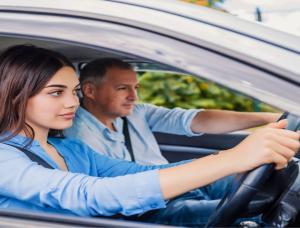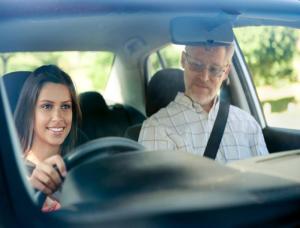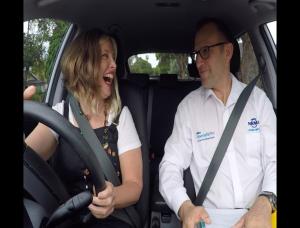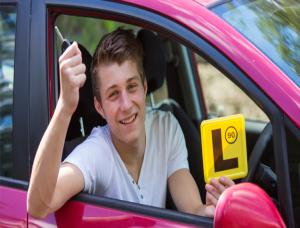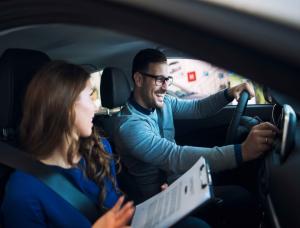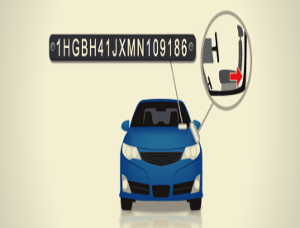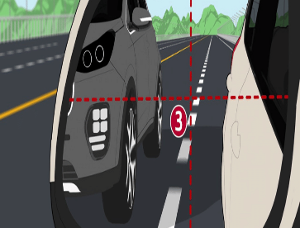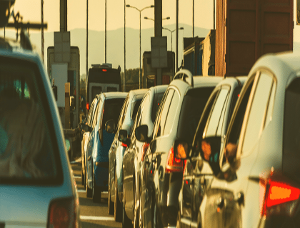Learning to Drive a Manual Car
- Driving Lesson,
- Sep 13, 2019
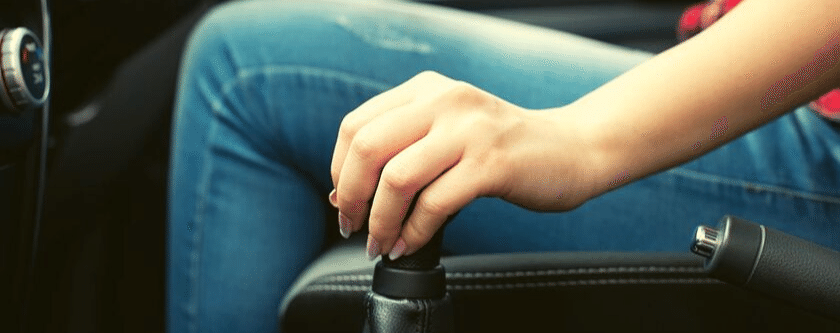
You may be an expert driver, or a novice one, who has recently shifted or have been forced to shift, to a manual car and must be wondering, “how do I drive this thing? There’s an extra pedal and that stick in the middle is confusing as hell! There’s no D option on that!” Well, it sure is confusing at the start but let me tell you that driving a manual car is actually easier and, in some aspects, even better than an automatic. You can change the way you drive, you can control the shifting of the gears, you can speed up, you can slow down, and you can even drive more ‘efficiently’ than an automatic car as you get almost unlimited options to drive however you want or like. All you have to do is get used to shifting gears at the right time and not stall the car, which you will learn and master with time.
How is a manual car different from an automatic?
There is a little difference between the two vehicle types and that can be summed up in one word; ‘transmission’. An automatic car automatically handles transmission and the driver does not have to bother with changing gears, but in a manual car, the driver himself changes the gears or ‘shifts’ into the next or previous gear to keep the car running smoothly. It may seem like driving an automatic would be a better choice just by seeing this one line, but trust me, automatic cars have their own set of issues which manual ones do not.
So, how are the two actually different?
1- Shift Stick: The shift stick of the two cars is different. Where the automatic car has one which has options to drive, reverse, park, neutral all mentioned on it, the manual car has options to shift from gears one to however many gears the car has (mostly 5 or 6) and neutral.
2- Pedal: There is an extra pedal in manual cars, making the total number exceed from 2 to 3. The third pedal is called a ‘clutch’ and helps in shifting the gears and controlling the speed of the car.
Those are basically the two major differences between an automatic and a manual car.
What do I need to understand or learn before I start driving manual?
The two above mentioned differences from an automatic car are the only things you need to learn about before you start driving manual. Shift stick is way different than it used to be from an automatic car, so it is better that you get used to it since you would be using it quite a lot. The shift stick has a pattern marked on it that closely resembles H.
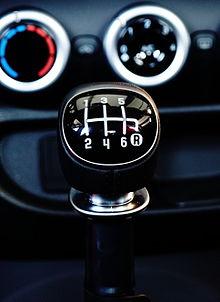
You should get familiar with the pattern and it is always better to learn it than to look at it every time to find out which gear you are currently in and which are you going to shift to and how to shift to that one.
The next thing is the third pedal, which is the clutch. It is located on the extreme left. The one on the extreme right is the accelerator, which moves the car and the one in the middle is the brake, which brings the car to a halt.
How to drive a manual car?
Driving a manual car is pretty easy. All you have to do is follow the following steps and soon, you will be over-speeding at highways at really high speeds teasing cops and getting unwanted attention… unless you’re not into that kind of stuff and are driving like a normal person without speeding.
1- Start the car: In order to start a manual car, put the gear into neutral. You can do it by bringing the shift stick to the middle and just leaving it there, it will automatically neutralize itself if it is not in a gear. Once done, put the keys into the ignition and press onto the clutch (remember that this is the pedal to the extreme left). Now turn the keys and your car will start off smoothly.
2- Foot Placement: Before you roll your car onto the road, you should know where your feet should be. Your right foot should be on the brake pedal and your left foot should be on the clutch all the time. You should never move your left foot from it and as for your right foot, use it to switch from race to brake and vice versa. This would help you prevent unwanted acceleration where you want to apply brakes and save you from accidents.
3- Shifting Gears: In order to shift to your first gear, you should press onto the clutch and grab the shift stick and move it in the way the pathway is mapped on top of it. The first gear is towards the top left corner. So, you would need to move left first and then up to get into the first gear if your car is in neutral. This way, you can change between gears. Just remember to learn the path which takes you to your desired gear.
4- Drive: In order to start properly “driving” your car, you need to take the clutch off slowly and press lightly on the accelerator/race/gas pedal. After that, it’s as simple as driving an automatic until you have to shift the gear. You can check the gauges to know when to change the gear. Typically, you should change it when the meter hits about 3000rpm. With enough practice, you will be able to find out when to change the gear by hearing the sound of the engine and how it behaves.
Now that you have learned a little bit about the manual cars, you should go out and try it for yourself and see if it works. It is always a good thing to practice as much as you can since it gives you a way better experience than simply reading.
If you still have some questions of confusion, be sure to visit Easy Driving Tests to learn about driving and answer the questions that will prepare you for your driving tests or clear doubts about driving.

